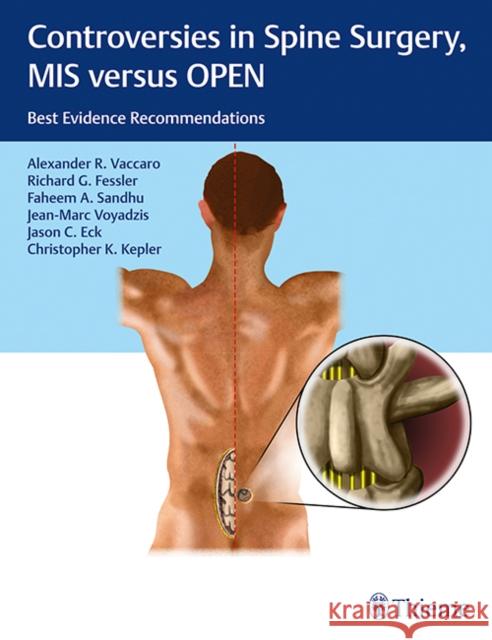Controversies in Spine Surgery, MIS Versus Open: Best Evidence Recommendations » książka
topmenu
Controversies in Spine Surgery, MIS Versus Open: Best Evidence Recommendations
ISBN-13: 9781604068818 / Angielski / Twarda / 2018 / 264 str.
Kategorie BISAC:
Wydawca:
Thieme Medical Publishers
Język:
Angielski
ISBN-13:
9781604068818
Rok wydania:
2018
Ilość stron:
264
Waga:
1.01 kg
Wymiary:
28.7 x 22.1 x 1.78
Oprawa:
Twarda
Wolumenów:
01











